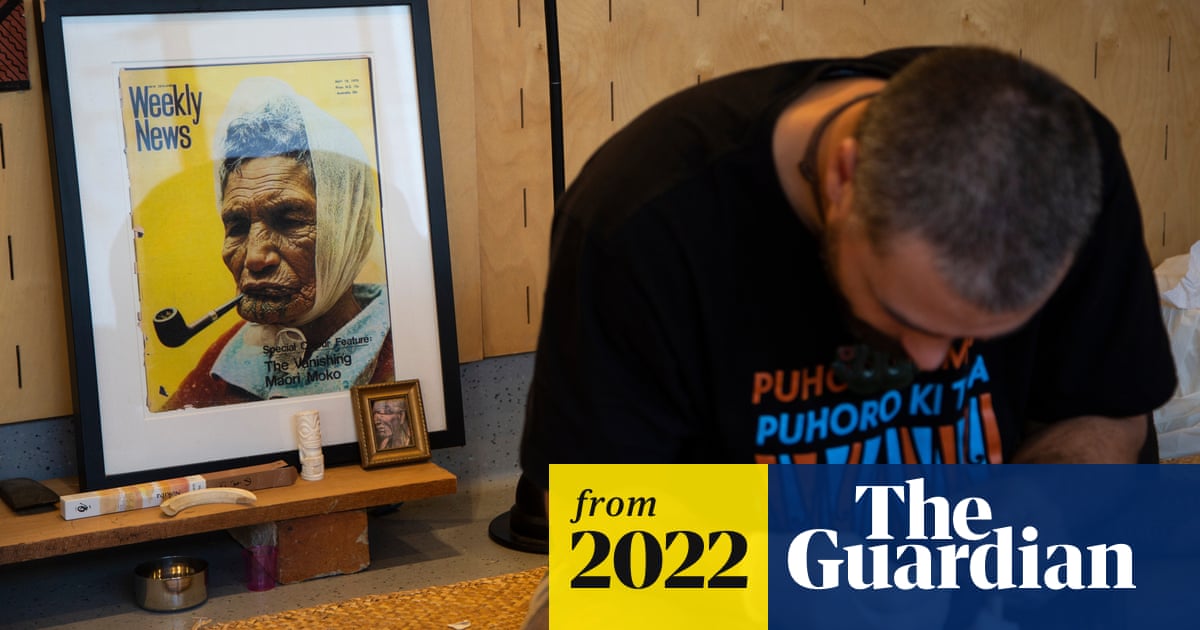Disir
Platinum Member
- Sep 30, 2011
- 28,003
- 9,611
- 910
Mokonui-ā-rangi Smith crouches on a woven mat, deep in concentration, the sound of tapping filling the room. Rhythmically, Smith hits a sharp bone comb to pierce the skin of the man in front of him, pushing in the pigment. The process is painstaking, meditative.
Over Smith’s shoulders two kuia – female elders – are visible, with lines of ink tracing their faces. They feature on two 1970 magazine covers encased in glass. The headline declares: “Māori Moko Fast Disappearing.”
“Few young people of today will have seen living examples of the Māori art of moko,” the caption reads. “The facial tattoo displayed by Māori warriors of the past has not been preserved as a custom among young men of Māori descent in recent generations.”
The portraits serve as a reminder of what was almost lost. But 50 years later, tā moko, the art of traditional Māori tattooing, is far from vanishing – it has undergone an unprecedented resurgence. Māori wearing moko kanohi (facial tattoos) and moko kauae (the marks worn on the chin by Māori women) are present in the halls of parliament, behind the anchor desks of the evening news, on elite sports fields and in judicial chambers. Practitioners say the current renaissance has been hard-won, and offers a way to reclaim and deeply connect to Māori culture.

 www.theguardian.com
www.theguardian.com
This is very cool that it is making a come back.
Over Smith’s shoulders two kuia – female elders – are visible, with lines of ink tracing their faces. They feature on two 1970 magazine covers encased in glass. The headline declares: “Māori Moko Fast Disappearing.”
“Few young people of today will have seen living examples of the Māori art of moko,” the caption reads. “The facial tattoo displayed by Māori warriors of the past has not been preserved as a custom among young men of Māori descent in recent generations.”
The portraits serve as a reminder of what was almost lost. But 50 years later, tā moko, the art of traditional Māori tattooing, is far from vanishing – it has undergone an unprecedented resurgence. Māori wearing moko kanohi (facial tattoos) and moko kauae (the marks worn on the chin by Māori women) are present in the halls of parliament, behind the anchor desks of the evening news, on elite sports fields and in judicial chambers. Practitioners say the current renaissance has been hard-won, and offers a way to reclaim and deeply connect to Māori culture.

MÄori moko facial tattoos revived by a new generation with designs on the future
After brutal colonial-era efforts to suppress MÄori culture, symbols of Indigenous identity are flourishing once more
This is very cool that it is making a come back.